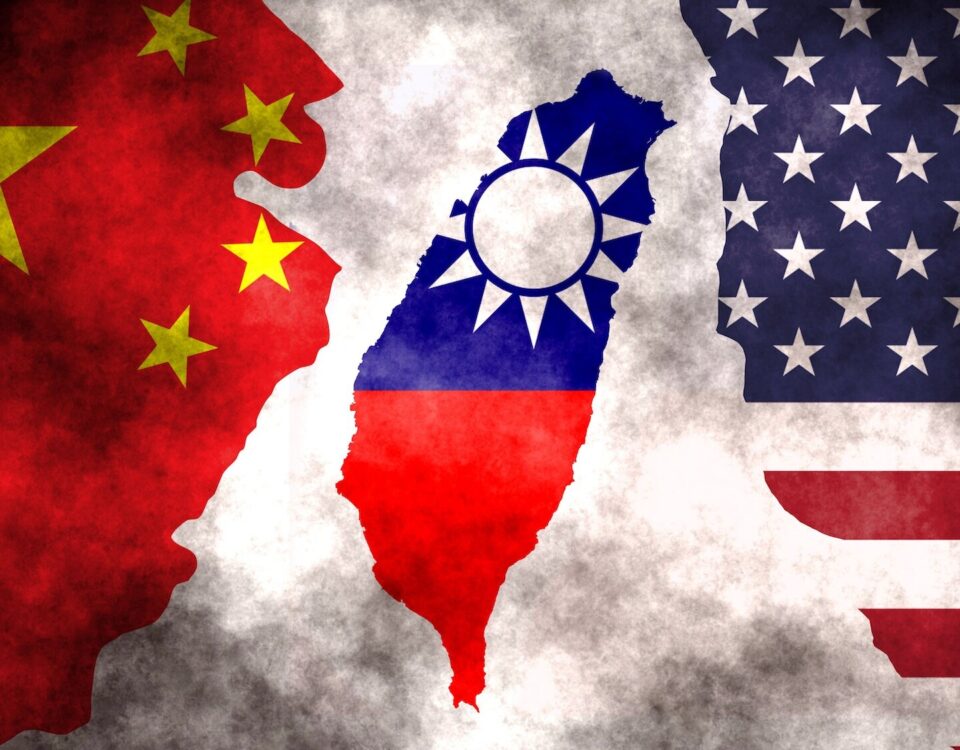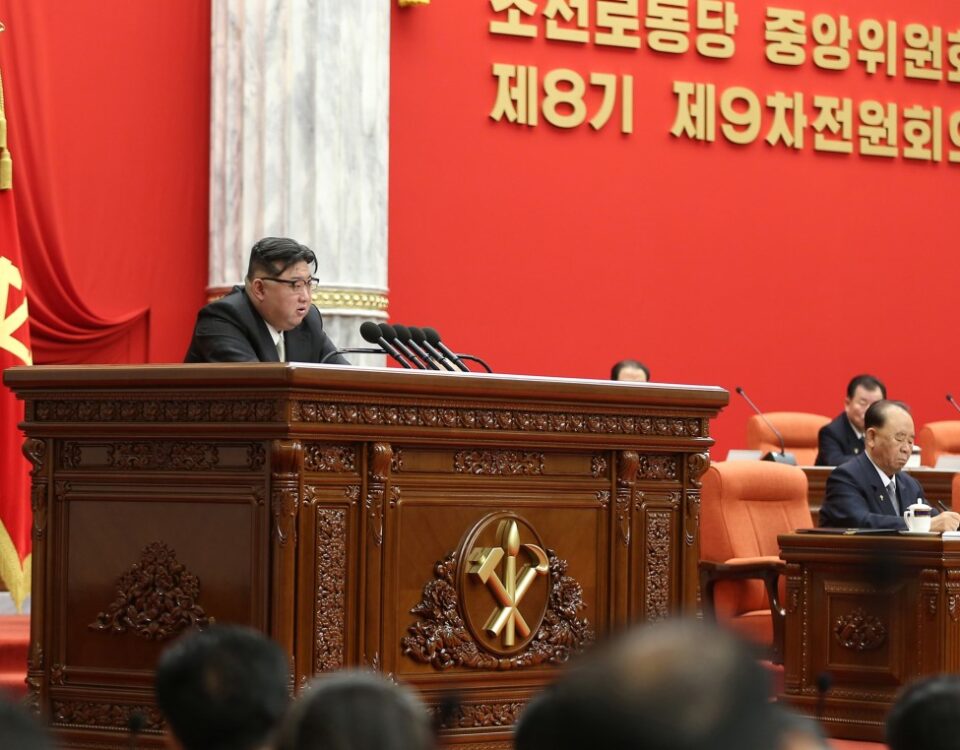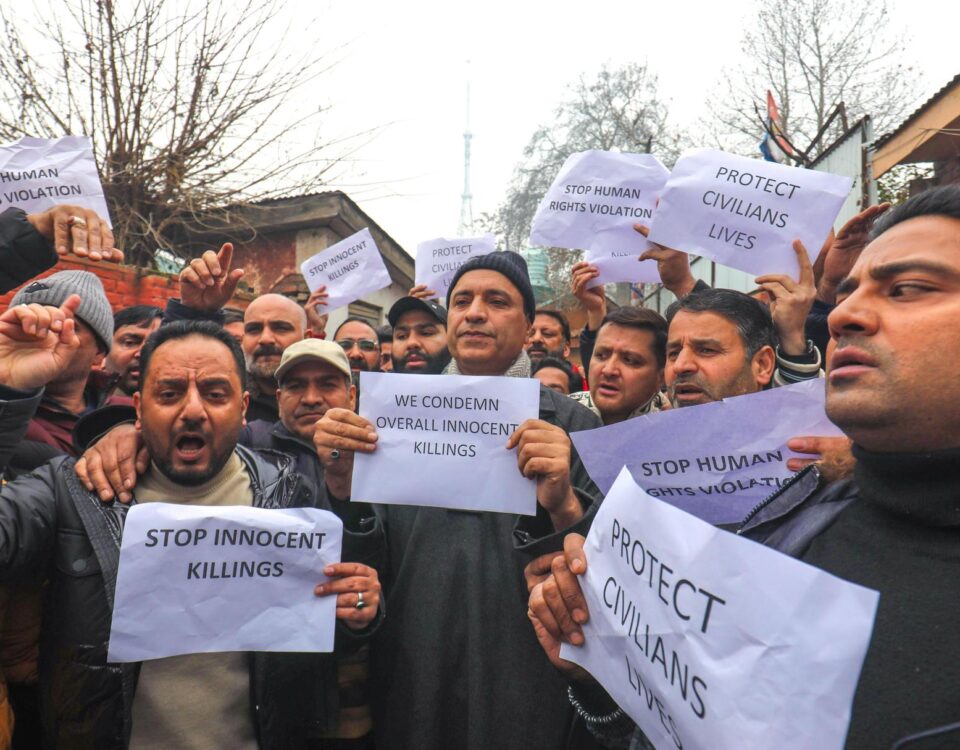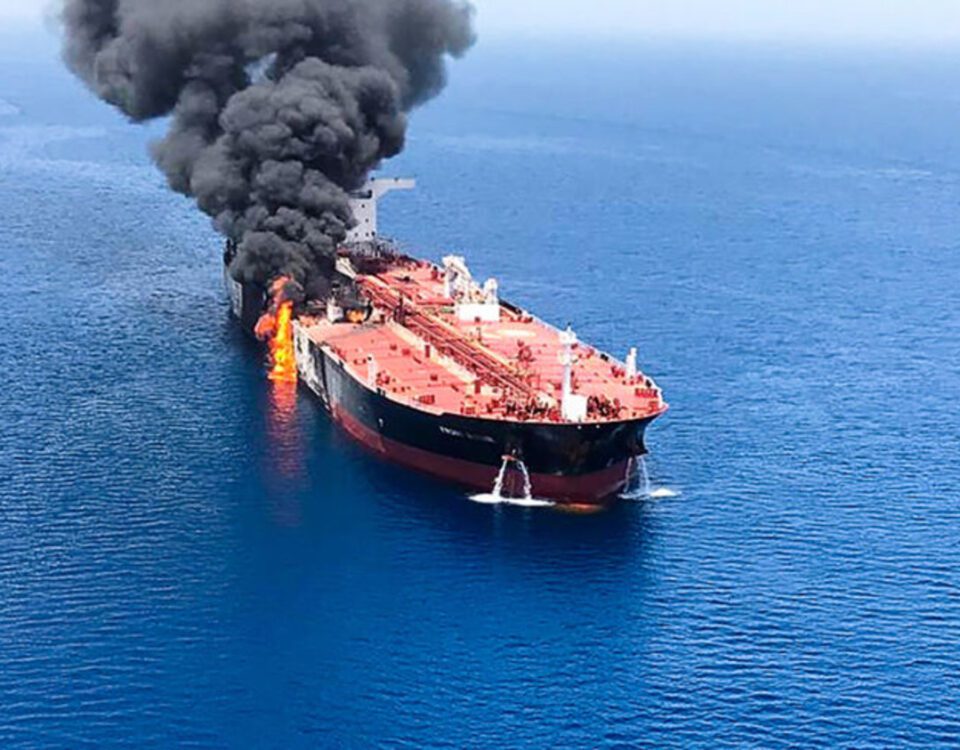
The Middle East’s Evolving Geopolitics and its Implications
October 2, 2023
Afghanistan Embassy Closure: A Sign of Diplomatic Turmoil
October 5, 2023
The landlocked, mountainous Nagorno-Karabakh territory has long been the focus of a territorial dispute between Azerbaijan, where it is located, and its ethnic Armenian majority, which is supported by neighboring Armenia.
Although it is acknowledged by the international community as being a part of Azerbaijan, up until recently, the majority of it was ruled by the Nagorno-Karabakh Republic, also known as the Republic of Artsakh. The brutal conflict between Azerbaijan and Armenia over Nagorno-Karabakh in the late 1980s and early 1990s catalyzed subsequent acts of violence.
- The Nagorno-Karabakh Conflict: A Long-Standing Dispute
The longest-running war in post-Soviet Eurasia is the one in Nagorno-Karabakh. In 1988, ethnic Armenians in Nagorno-Karabakh requested that Soviet Azerbaijan cede control of the region, which at the time was known as the Nagorno-Karabakh Autonomous Oblast (NKAO), to Armenia. Tensions increased into a full-fledged conflict when the Soviet Union fell apart. Nagorno-Karabakh and seven neighboring districts were fully or largely under Armenian control until hostilities ended in 1994. More than a million people had been evicted from their homes, including Armenians who lived in Azerbaijan and Azerbaijanis who fled to Armenia, Nagorno-Karabakh, and the surrounding areas.
Intermittently fatal situations, such as the employment of attack drones, heavy armament on the front lines, and the actions of special operations troops, showed that there was always a chance that war may flare up from 1994 to 2020. Intense combat along the line of separation for four days in April 2016 rattled the area, claimed hundreds of lives on both sides and hinted at what was to follow.
- The 2020 War and the Ceasefire Agreement
The barrier broke in September 2020, and on the 27th of that month, a full-fledged battle started again. The early hours of November 10 saw the conclusion of a brutal six-week war thanks to a cease-fire mediated by the Russian Federation. Even while the agreement came short of establishing a firm and lasting peace, it put an end to the worst warfare the area had seen in almost three decades, which claimed the lives of over 7,000 military personnel, around 170 civilians, and several others. As a result of the deal, Azerbaijan has complete authority over the seven areas close to Nagorno-Karabakh that Armenian troops previously held.
Additionally, it contains a sizeable portion of Nagorno-Karabakh itself. The remainder is still ruled by a self-declared local government but is guarded by a Russian peacekeeping force. The front line is now longer and more dangerous than it was before the 2020 conflict. The distance between opposing military positions is only 30 to 100 meters. They were hundreds of meters apart before the 2020 battle. Due to the relocation of the front line, military posts are now next to residential areas. The outposts of the Russian peacekeeping operation are positioned along the key roadways in the war zone’s Armenian-populated settlements and the main thoroughfare between Armenia and Nagorno-Karabakh, including inside the Lachin corridor.
The joint Russian-Turkish monitoring center, which was built as a result of the November 2020 agreement, is located 20 kilometers from the front line in Azerbaijani territory. Azerbaijan erected a roadblock on the route on April 23, 2023, claiming that it was required to stop and intercept weapons shipments from Armenia to Nagorno-Karabakh. Days later, the demonstrations came to a stop, indicating that the government’s ultimate goal was to obstruct Armenian immigration. Armenia and ethnic Armenian officials in Nagorno-Karabakh denounced the roadblock, alleging that it was an attempt by Azerbaijan to isolate Armenians in Karabakh and bolster its hold on the area. Russia, on the other hand, merely made a brief statement disapproving of the action. Russia’s reputation as a reliable security force has suffered because of the peacekeeping force’s inaction in the face of repeated attempts to limit Armenia’s access to the area.
- Peace Negotiations and Challenges
In an upsurge of diplomatic activity in May 2023, the US, EU, and Russia all sponsored peace negotiations. After four days of discussions with the foreign ministers of Armenia and Azerbaijan, U.S. Secretary of State Antony Blinken declared that progress had been achieved toward normalization and peace. Shortly after, Charles Michel, the president of the European Council, mediated talks between Nikol Pashinyan, the prime minister of Armenia, and Ilham Aliyev, the president of Azerbaijan, and said that they had achieved “clear progress” toward peace. The two presidents then met in a trilateral setting with Russian President Vladimir Putin in late May to discuss restoring the transport ties between Armenia and Azerbaijan, but no agreement was achieved. Late in June, following three days of U.S.-sponsored negotiations on Nagorno-Karabakh, Blinken praised “further progress” made toward a settlement and claimed both parties had a sincere desire to bargain.
Along with the improved communication, Pashinyan stated that his administration acknowledges the entirety of Nagorno-Karabakh as Azerbaijan’s sovereign territory. In exchange, he urged Azerbaijan to ensure rights and safeguards for ethnic Armenians residing in Nagorno-Karabakh and respect the internationally acknowledged geographical bounds of Armenia. The security situation is still tight, nevertheless. Throughout the peace negotiations, there have been isolated incidents of shooting along the Armenian-Azerbaijani border, highlighting the precarious nature of the negotiations and how quickly the two sides may revert to hostilities. Furthermore, the two parties continue to dispute crucial matters like the delineation of their common border and transportation lines notwithstanding Pashinyan’s concession on the territory.
- The Humanitarian Crisis in Nagorno-Karabakh
The likelihood of peace is also influenced by domestic issues; following the 2020 ceasefire, Pashinyan encountered public outrage and a confrontation with the Armenian military over the loss of land.
Azerbaijan restricted access to Nagorno-Karabakh and prohibited even Red Cross convoys from traveling through the Lachin Corridor because of alleged goods smuggling. This complicated diplomatic efforts further. The detention of a person going through a checkpoint to receive medical treatment in Armenia by Azerbaijani security personnel also caused a halt to medical evacuations for seriously ill patients. The humanitarian crisis became grave as no supplies were permitted to flow through the corridor, leaving shelves bare and two children dead. Azerbaijan offered assistance, but the authorities of the area declined it, stating they wouldn’t take assistance from the nation that caused the problem.
- The Recent Conflict and the Future of Nagorno-Karabakh
On September 19, Azerbaijan began an “anti-terrorist” attack in Nagorno-Karabakh, only days after a deal to reopen the Lachin Corridor for relief delivery raised expectations of resolving the dispute. Officials from Karabakh reported that at least 200 people perished in the operation, which according to Azerbaijan was intended to neutralize Armenian military installations. Within two days, Azerbaijan said that it had restored complete control over the area, and talks on the disarming of Armenian separatists and the inclusion of Nagorno-Karabakh in Azerbaijan under Russian mediation commenced in Yevlakh, Azerbaijan. While this was going on, protesters in Yerevan, Armenia, came to the streets to call for the resignation of Prime Minister Nikol Pashinyan and accuse the government of failing to safeguard ethnic Armenians. Around 120,000 ethnic Armenians reside in the disputed region, and their status is in question. Thousands of them fled immediately to Armenia out of concern for their safety, and authorities have sought security assurances for those who remained before they would agree to lay down their arms.
Last week, Azerbaijan proclaimed victory over the region following a conflict that lasted less than 24 hours and encouraged the ethnic Armenians who weren’t participating in the fighting to stay. Now, tens of thousands of people are emigrating from their native country with no intention of ever coming back. Up until last week, Nagorno-Karabakh had 120,000 ethnic Armenian citizens, but as of now, almost 85% of them have already departed, and most of the rest are expected to do the same. The operation, headed by a top UN assistance official, marks the international organization’s first entry into the area in about 30 years. To provide the UN access and for Azerbaijan to withdraw all of its forces from civilian facilities in Nagorno-Karabakh, Armenia has petitioned the International Court of Justice (ICJ). The International Court of Justice (ICJ) ordered Azerbaijan to provide freedom of travel through the Lachin Corridor, which runs into and out of the region. More than 100,000 ethnic Armenians from Nagorno-Karabakh, according to the World Health Organization, have migrated to neighboring Armenia.
Report by PolicyEast Staff.






